The tradition of the French Galette des Rois, or King's Cake, is steeped in history and cultural significance. At the heart of this beloved pastry lies a tiny but mighty symbol: the fève, originally a simple dried bean but now often a charming ceramic trinket. This small object carries with it centuries of tradition, superstition, and even political undertones, making it far more than just a hidden surprise in a flaky almond-filled cake.
In its earliest iterations, the fève was indeed a dried bean—a humble yet practical choice for medieval bakers. The bean was hidden within the cake, and whoever found it in their slice was crowned king or queen for the day. This playful tradition was tied to the Roman festival of Saturnalia, where social hierarchies were temporarily overturned, and slaves could mock their masters. Over time, the bean evolved, both in form and meaning, reflecting broader shifts in French society.
By the 18th century, the bean had begun its transformation into a ceramic figurine. The shift from a simple legume to an ornate miniature was partly driven by the rising popularity of porcelain in France. Wealthier families, eager to display their status, commissioned delicate fèves made of fine china. These early ceramic charms often depicted religious figures, reflecting the cake's association with Epiphany. However, as France underwent revolutions and political upheavals, the fève took on secular motifs—animals, tools, and eventually pop culture icons.
Today, the fève has become a collector's item, with enthusiasts known as fabophiles trading rare and vintage pieces. Some bakeries even collaborate with artists to produce limited-edition fèves, turning the tradition into a modern art form. The thrill of discovering the fève in one's slice of cake remains unchanged, but its cultural weight has only grown heavier. From a dried bean to a coveted ceramic treasure, the fève is a testament to how even the smallest objects can carry the weight of history.
The ritual surrounding the Galette des Rois is as important as the fève itself. The youngest member of the gathering traditionally hides under the table to assign slices blindly, ensuring fairness in the distribution of the cake. This practice, known as "le partage", reinforces the communal spirit of the celebration. The person who finds the fève is not only crowned but also expected to host the next gathering, perpetuating the cycle of generosity and festivity.
In recent years, the fève has also become a canvas for social commentary. Some bakers and artists use it to address contemporary issues, embedding political or environmental messages within their designs. This evolution shows how the tradition remains dynamic, adapting to the concerns of each generation while retaining its core symbolism. The fève is no longer just a marker of luck; it’s a tiny artifact of cultural dialogue.
Whether as a medieval bean or a modern ceramic figurine, the fève endures as a symbol of chance, community, and continuity. Its journey mirrors that of French society itself—ever-changing, yet always rooted in tradition. And as long as families gather to share the Galette des Rois, the fève will continue to spark joy, debate, and perhaps even a little bit of magic.
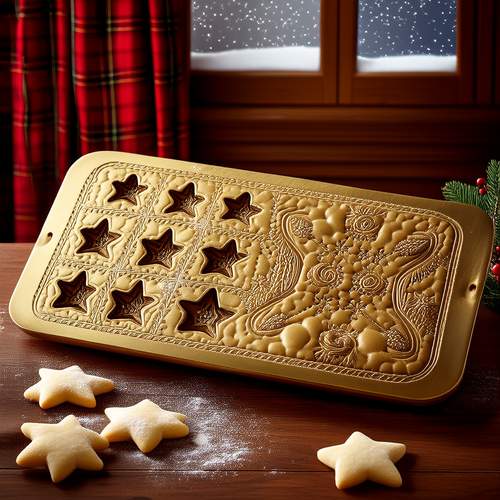
By /May 26, 2025
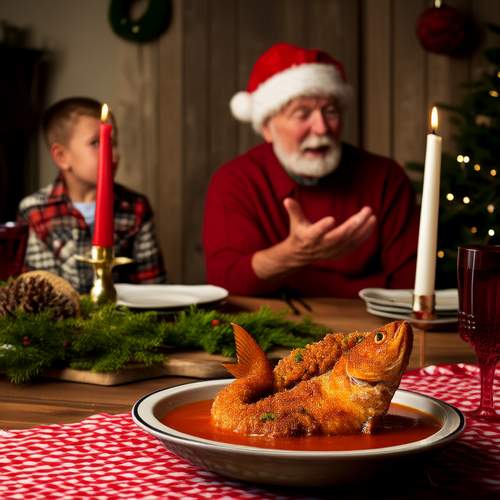
By /May 26, 2025
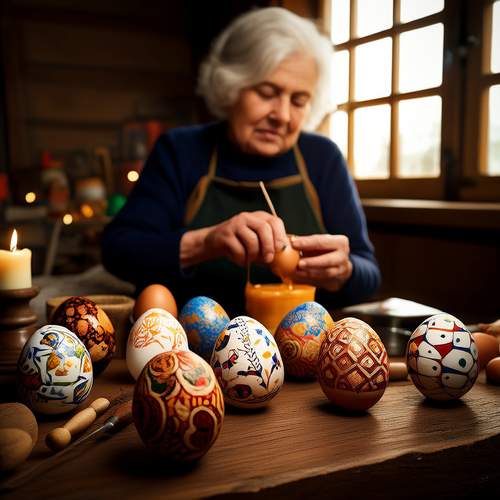
By /May 26, 2025

By /May 26, 2025
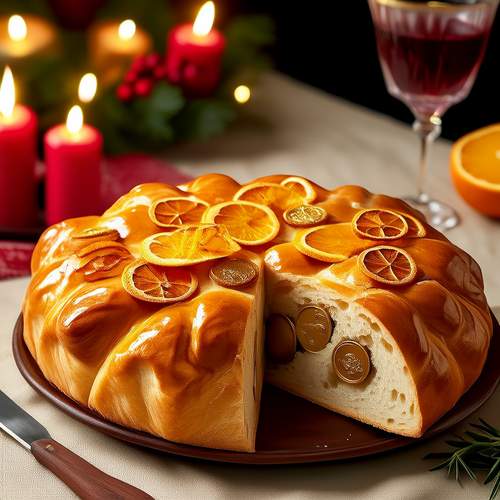
By /May 26, 2025
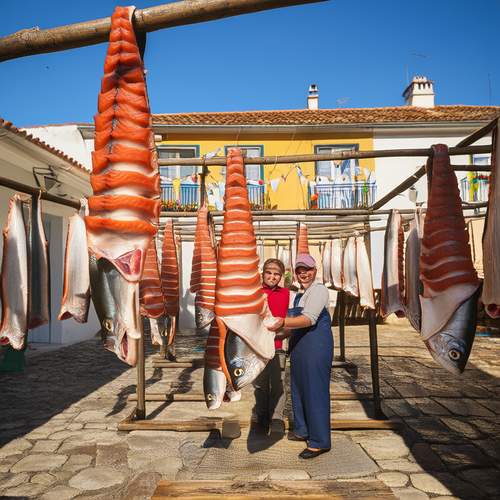
By /May 26, 2025
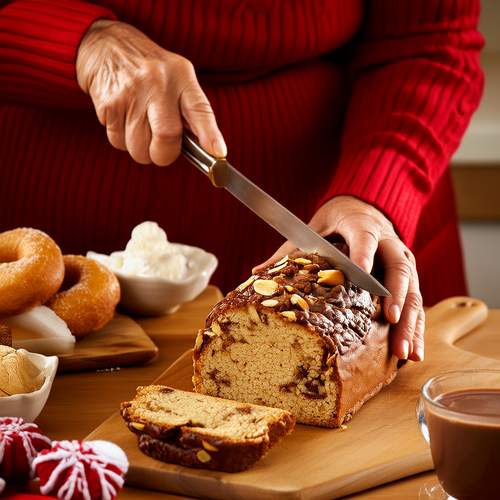
By /May 26, 2025
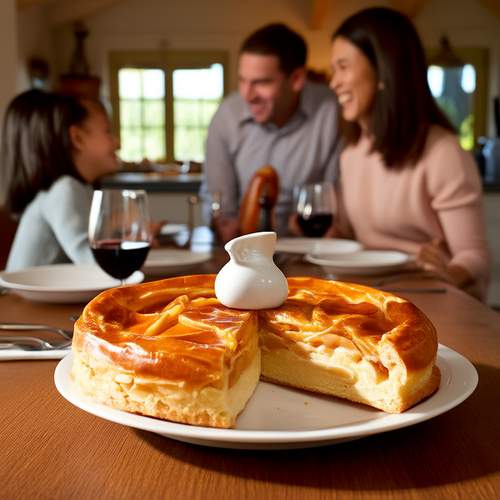
By /May 26, 2025
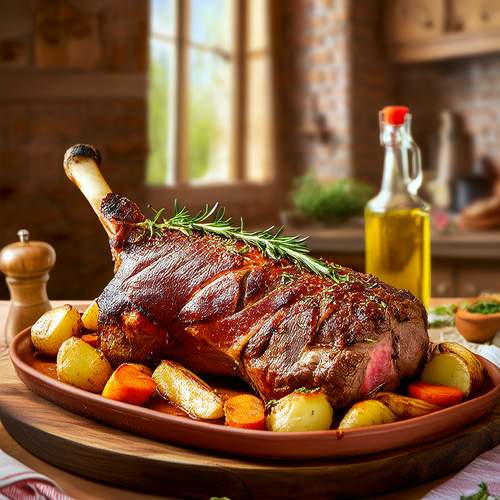
By /May 26, 2025
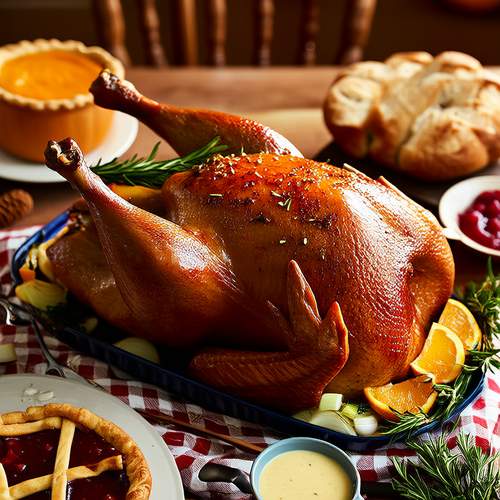
By /May 26, 2025
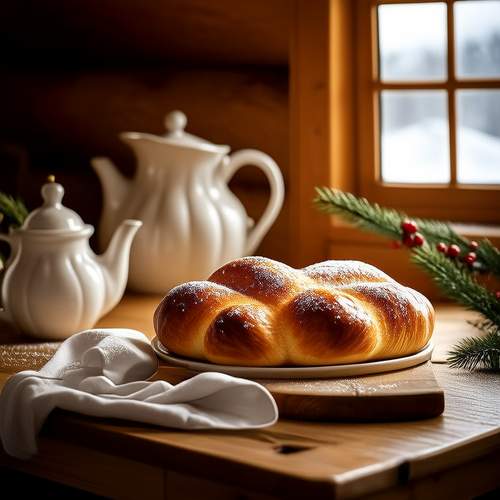
By /May 26, 2025
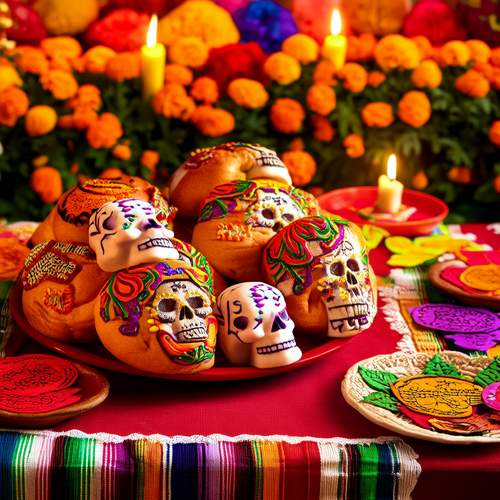
By /May 26, 2025
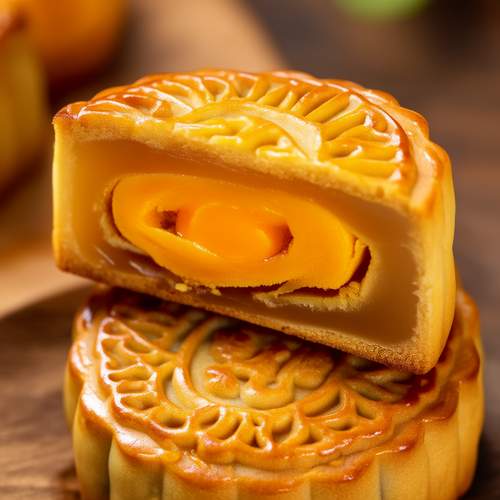
By /May 26, 2025
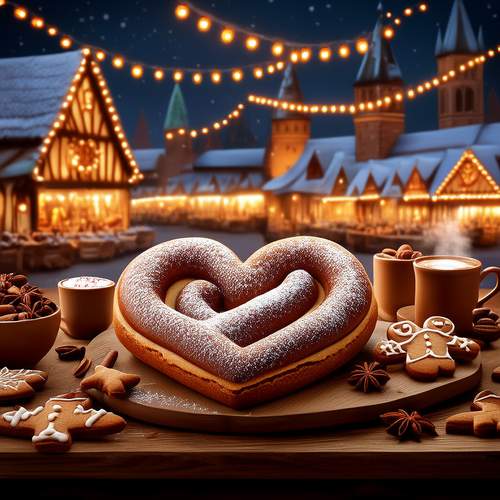
By /May 26, 2025

By /May 26, 2025

By /May 26, 2025
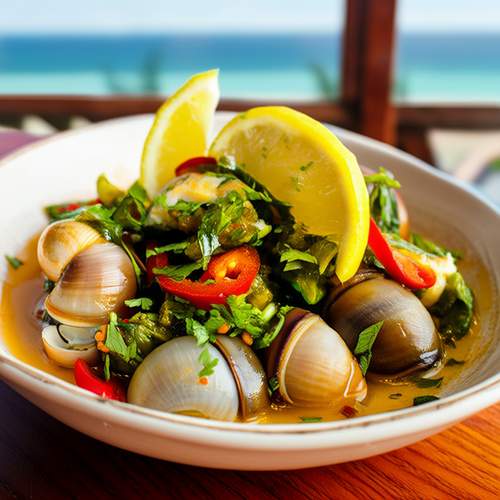
By /May 26, 2025

By /May 26, 2025

By /May 26, 2025

By /May 26, 2025